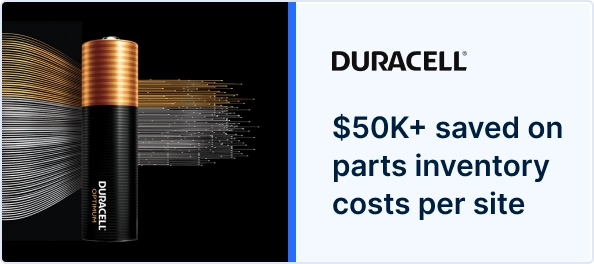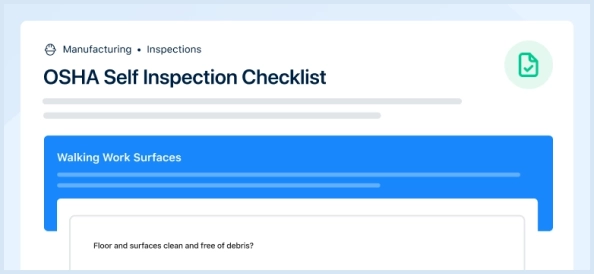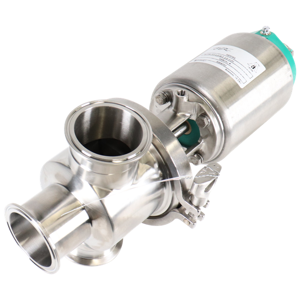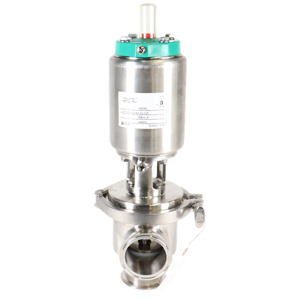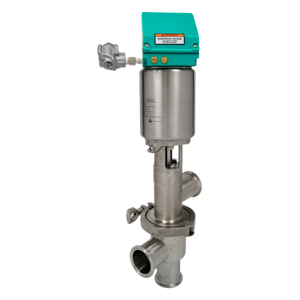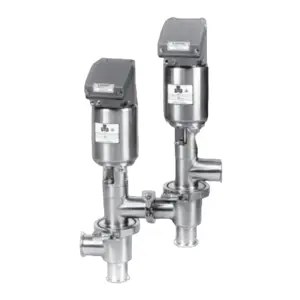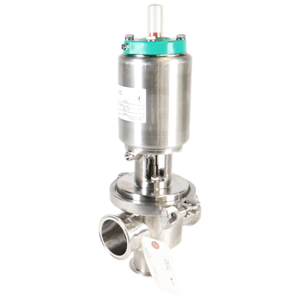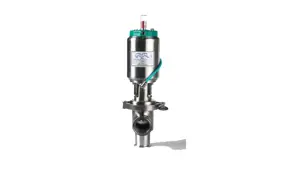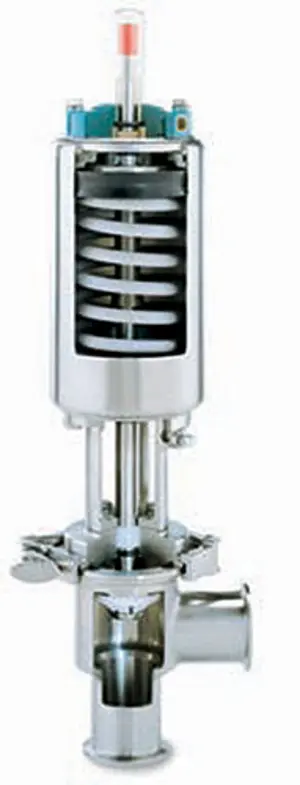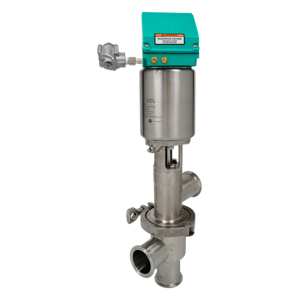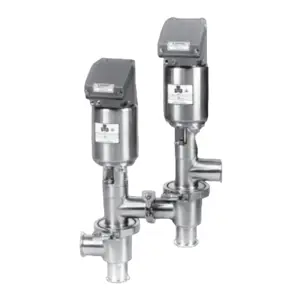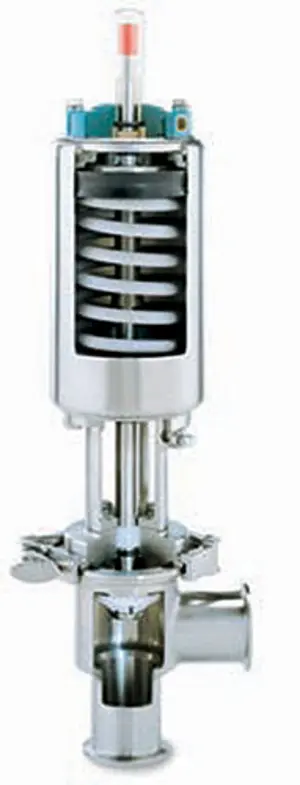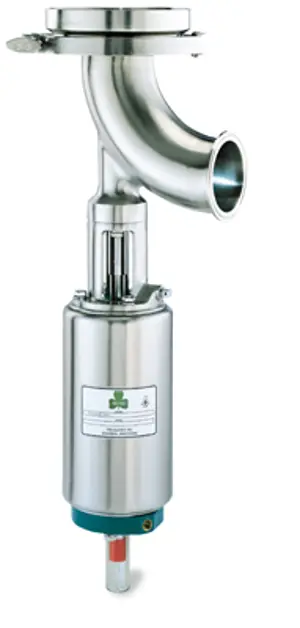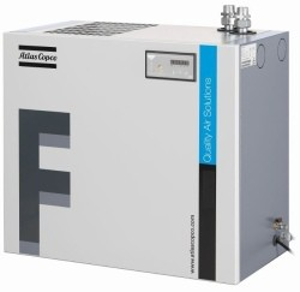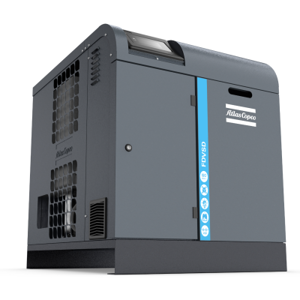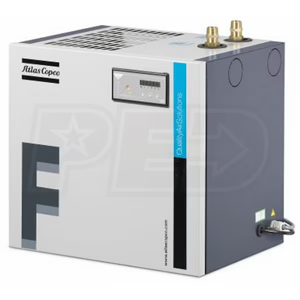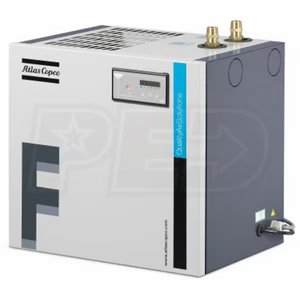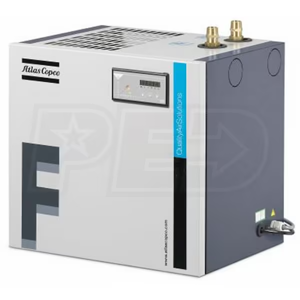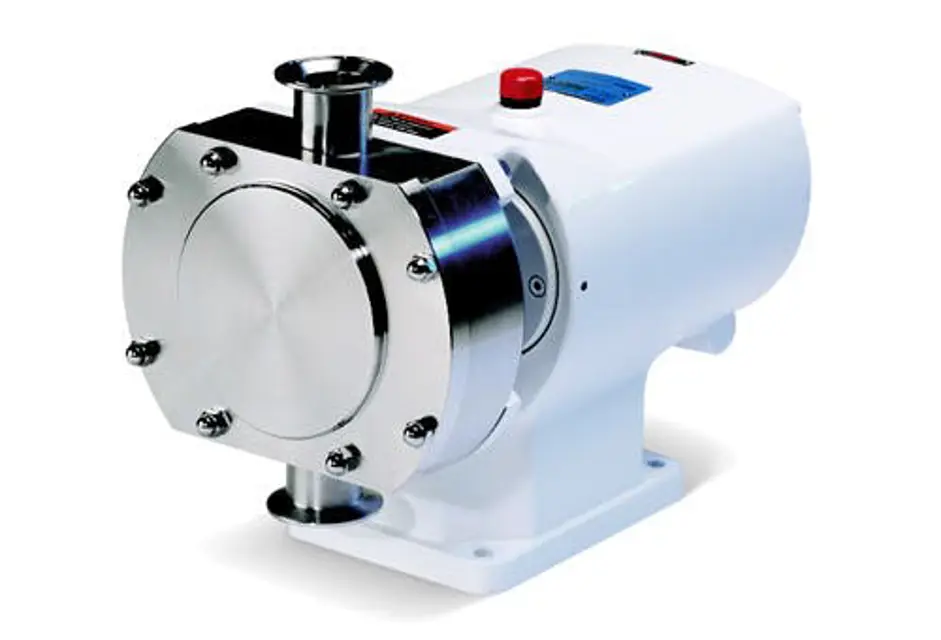

The Alfa Laval Rotary Lobe Displacement Pump GHPD-832P is designed for efficient fluid handling in various industrial applications. Known for its reliability and performance, this pump features advanced technology that ensures optimal flow rates and minimal maintenance requirements, making it an ideal choice for demanding environments.
Turn manuals into instant answers
with your AI-powered assistantTurn manuals into instant answers
with your AI-powered assistant
Manual for Alfa Laval Rotary Lobe Displacement Pump GHPD-832P
Complete asset maintenance, one click away
Get instant access to all the maintenance information you need. Empower technicians to perform preventive maintenance with asset packages, ready to use right out of the box.
Documents & Manuals
Find all the essential guides in one place.
Tensioning Guide
Belt-diagram
C-120 pulleys
+ 13 more
Work Order Templates
Pre-built workflows to keep your asset running smoothly.
Daily Electrical System Inspection
Replace Roller and Pulley
Install Engine B-120
+ 29 more
Procedures
Integrate maintenance plans directly into your work orders.
Motion Industries
Applied Industrial Technologies
Electrical Brothers
+ 5 more
Parts
Access the parts list for your equipment in MaintainX.
Drive Motor
B2 Rollers
Tensioning System
+ 40 more

Alfa Laval Rotary Lobe Displacement Pump GHPD-832P
Create an account to install this asset package.
Maintenance Plans for Alfa Laval Rotary Lobe Displacement Pump Model GHPD-832P
Integrate maintenance plans directly into your work orders in MaintainX.
Packed Gland with Flush Adjustment
CAUTION! DRIP LEAKAGE IS ESSENTIAL TO PREVENT OVER HEATING OF THE GLAND AREA WHICH WILL CAUSE SEAL FAILURE.
IMPORTANT! Stop and remove gland guard for checking temperature of housing and observing leakage. ALWAYS REPLACE THE GUARD BEFORE RESTARTING.
1. Lightly tighten up the gland follower.
2. Flood the pumphead and determine if the gland leakage is acceptable. Tighten the gland follower nuts until an acceptable leakage is achieved.
3. Start the pump and allow to run for 10 minutes. If the gland becomes significantly hotter than other parts of the pump, the gland is too tight.
4. Stop the pump and allow it to cool then repeat the above until the gland temperature is stable and gland slightly weeping.
5. Run the pump at 10 minute intervals tightening the gland follower nuts by a ½ of a turn until the leak is at an acceptable rate.;
1 Weekly Pump Maintenance
1. Checking the oil level in the gearcase (if applicable).
2. Checking the mechanical seals for leakage and replacing as necessary.
3. Adjusting the packed glands to control leakage.
4. Checking the oil seals for leakage.
5. Check pumping pressures.;
Packed Gland Replacement
– The packing rings are located within the gland housing and are tightened onto the shaft sleeve by adjusting the gland follower. On flushed packed glands a lantern ring replaces the middle ring of packing. The shaft sleeve is retained to the shaft by three socket set screws and is sealed by an 'O' ring.
REMOVING THE PACKED GLAND
1. Release and pull back the gland follower.
2. Remove the rotorcase with gland housing, packing and gland follower still assembled.
3. Loosen the shaft sleeve socket set screws and extract the sleeve from the shaft.
4. Inspect and replace the packing and shaft sleeve if necessary.
FITTING THE PACKED GLAND
1. Lubricate the 'O'ring, locate in shaft sleeve and slide onto the shaft.
2. Tighten up the socket set screws.
Double Hyclean Seal Replacement
1. Firmly press on the o-rings (15) to the rear stationary faces (14) and locate them within the rear flush housing (16,17).
2. Carefully fit the rear seal housings (16,17) with the stationary face onto the shaft (22). (Caution: do not chip stationary face).
3. Push outboard rotary assembly (10,11) onto pump shaft (22) to the setting dimension (A) indicated on the assembly drawing and tighten set screws.
4. Locate o-rings on the shaft (5, rotary) and within the rotorcase bore (1, stationary).
5. Press washer (7) underneath the inside drive pin into the rotary face (6) and gently slide onto the shaft, locating the pin in the shaft slot.
6. Position the wave spring (3) over the stationary face (2), push into the rotorcase.
7. Position front seal housing (9) onto rotorcase and hex head tighten screws (8). Be sure not to over tighten.
8. Refit the rotorcase, using the shaft sleeve to ensure stationary seal is not chipped during assembly.
9. Fit rear seal housings (16,17) and o-rings (12) to front flush housings (9) and tighten the hex nuts (18). (Caution: Be sure not to overtighten the hex nuts).;
Flushed Hyclean Seal Replacement
– The seal rotary face is driven by a pin which locates in a slot on the shaft. A washer is located between the shaft shoulder and rotary face. A seal between the rotary face and shaft is provided by an 'O' ring.
– The stationary face is prevented from rotating as it has a flat side which sits in the rotorcase bore. Face to face contact is provided by a wave spring.
– Axial movement of the stationary face is prevented by a retaining clip. An 'O' ring within the rotorcase bore provides a seal onto the stationary face.
– A seal housing encloses the hyclean seal and is seal by an 'O' ring and retained to the rotorcase by socket head cap screws. A lip seal sits within the seal housing and runs on the rotary face, thus providing a seal.
CAUTION! SEAL FACES ARE BRITTLE - TAKE EXTREME CARE WHEN HANDLING. REMOVING THE FLUSHED HYCLEAN SEAL
REMOVING THE FLUSHED HYCLEAN SEAL
1. Carefully support and remove the rotorcase with the seal housing and stationary face still attached.
2. Slide the rotary face from the shaft.
3. Remove the seal housing screws to inspect the seal.
Unlock efficiency
with MaintainX CoPilot
MaintainX CoPilot is your expert colleague, on call 24/7, helping your team find the answers they need to keep equipment running.
Reduce Unplanned Downtime
Ensure your team follows consistent procedures to minimize equipment failures and costly delays.
Maximize Asset Availability
Keep your assets running longer and more reliably, with standardized maintenance workflows from OEM manuals.
Lower Maintenance Costs
Turn any technician into an expert to streamline operations, maintain more assets, and reduce overall costs.
Thousands of companies manage their assets with MaintainX
















